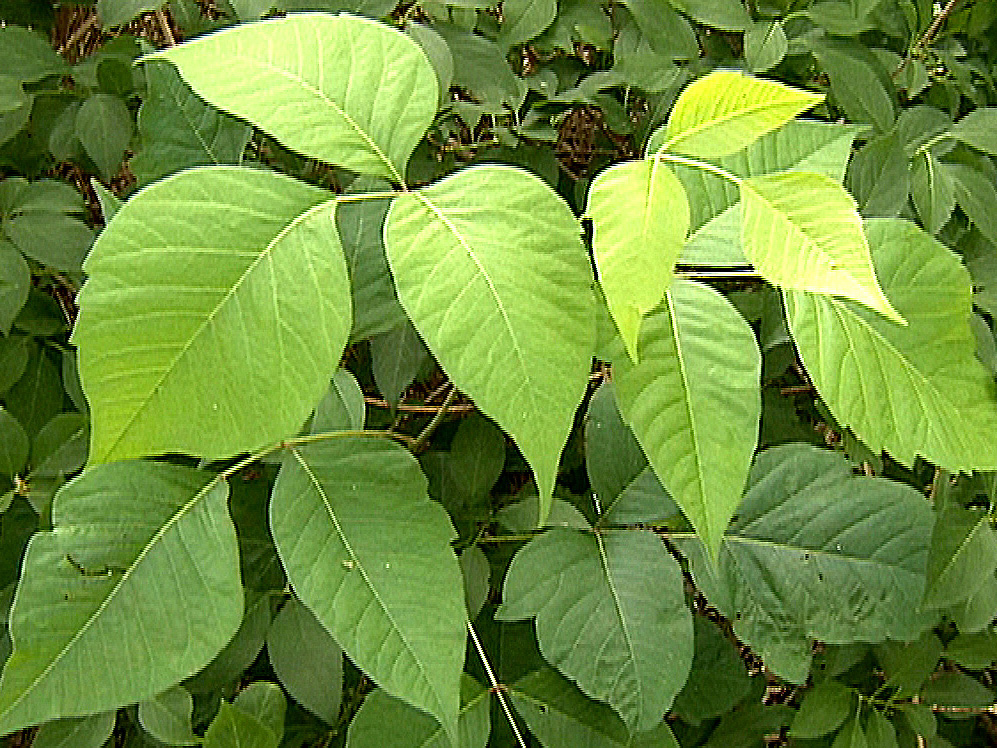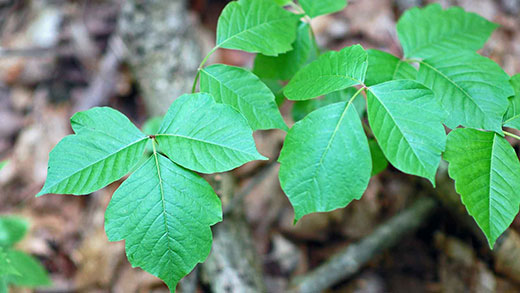

#Poison ivy vine skin

You can expect permanent results in all but one area. If you think you’ve touched a plant, acting quickly may prevent a rash. You can get a rash from poison ivy any time of the year. These dermatologists' tips can bring relief.

To help care for your skin during the coronavirus pandemic and beyond, the AAD recommends these tips from board-certified dermatologists.
#Poison ivy vine how to
How to care for your skin if you have lupus The AAD's Coronavirus Resource Center will help you find information about how you can continue to care for your skin, hair, and nails. Why choose a board-certified dermatologist?ĭermatologists team up to improve patient care So watch out for these plants this summer and always seek medical care if you do come into contact with one of these plants and your rash becomes severe.Diseases & conditions Everyday care Cosmetic treatments Parents & kids Public health programs Find a dermatologist Go to AAD Home

But if the rash persists or becomes severely uncomfortable, you should seek medical care.Ĭonsider a trip to an urgent care clinic if the rash is accompanied by significant swelling, a fever, blisters or difficulty breathing.īoth poison ivy and poison oak can cause rashes that can be uncomfortable, painful and downright annoying. One of the most common poison ivy and poison oak rash home remedies involves calming the rash by using cool compresses, antihistamines and calamine lotion. Rashes from these plants generally show up within no more than 48 hours after the contact. While the rash caused by these plants can be uncomfortable, it's generally not severely harmful. If you do come into contact with poison ivy or poison oak, rinse off the affected area with cool water. Wearing long clothing can be a simple and easy way to keep your skin protected from brushing up against these rash-inducing plants. This is why it's so important to protect your skin when you're in wooded areas. These plants can be pretty difficult to tell apart not only from each other but from other plants as well. Poison oak, on the other hand, has leaves that look like oak leaves, is generally a duller green and has leaflets that have hair on both sides. Poison ivy generally has hairy- or fuzzy-looking vines, looks similar to ivy and has smooth almond-shaped leaves. While these plants are extremely similar looking, there are a few ways to tell them apart.


 0 kommentar(er)
0 kommentar(er)
